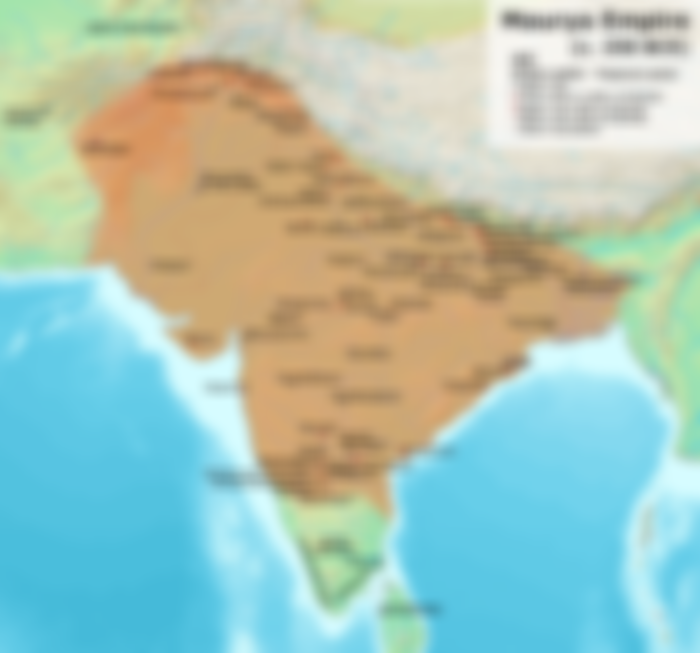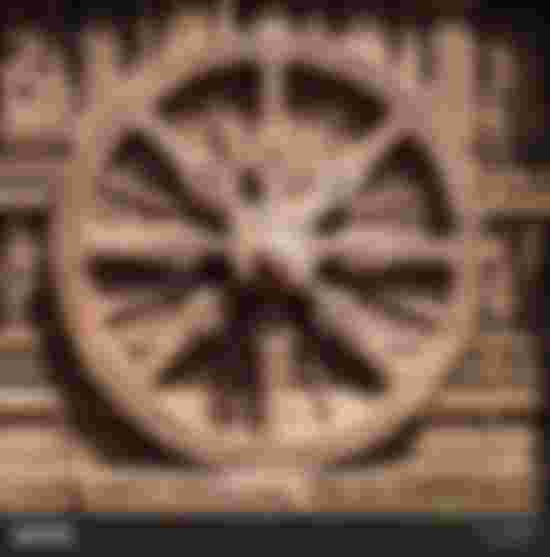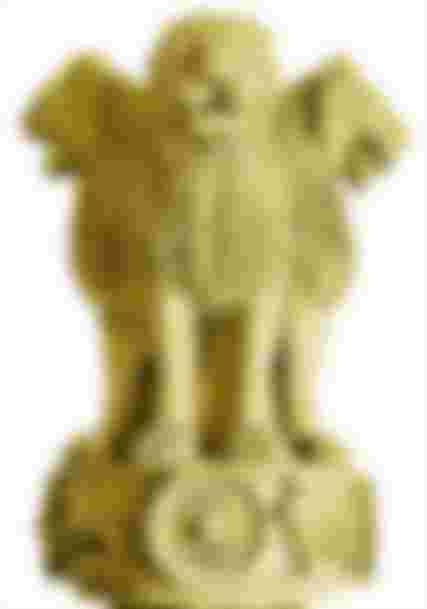Introduction and birth:
In the history of India, two kings have been given the title of Great, one of them is Ashoka the Great and the other is Akbar the Great. Interestingly, not a single Hindu king in Hindu-dominated India got this title. Although Ashoka was a follower of Sanatan (hindu) religion in his early life, he later converted to Buddhism. Ashoka, the third emperor of the Maurya dynasty of India. He was born in 304 BC. Samrat Bindhusara (2nd emperor of maurya dynasty and Queen Dharma was his parents. The most famous ruler of the Mauryan Empire was Emperor Ashoka. He was one of the most powerful kings of the ancient Indian subcontinent. His reign lasted from 263 BC to 232 BC.

Education and Become a warrior:
Emperor Chandragupta, the founder of the Maurya dynasty, Ashoka was the grandson of Maurya founder. Dharma, the daughter of a Brahmin priest, was known as Subhadrangi or Janapadakalyani. Ashoka was deprived of much of his rights due to his mother's position.His only younger brother was a coward and several honest brothers. From an early age, Ashoka began to have a talent for weapons as well as education.
Ashoka's father Bindusara, impressed by his wisdom and skill, appointed him as the ruler of Abanti. Ashoka quickly became an excellent warrior and prudent politician. His influence in the Maurya army continued to grow day by day. As a result, Ashoka's honest brothers became jealous and began to fear that Bindusara would nominate him as the heir to the throne. Emperor Bindusara's eldest son Sushima Bindusara requested that Ashoka be sent from the capital Pataliputra to quell the revolt in Takshila province. Sushima wanted Ashoka not to return alive from Takshila.But the people there welcomed Ashoka instead of attacking him and the revolt ended without any fighting. After Sushima became more apprehensive about this incident.

Ascend the throne:
Suspicious Sushima continues to persuade Bindusara against Ashoka. At this time Ashok went to Kalinga and married the daughter of a fisherman named Kaurayaki. Meanwhile, a revolt broke out in Ujjain province. Emperor Bindusara summoned Ashoka to the capital Pataliputra and sent him back to Ujjain to quell the revolt. Ashoka was wounded in battle and was served by Buddhist monks. It was there that Ashoka first learned about the life and teachings of the Buddha. The following year, Emperor Bindusara became seriously ill and nominated Sushima as his successor. But due to her authoritarian behavior, Sushima became an unpopular figure among the ministers. A team of ministers led by Radhagupta called on Ashok to take power.
After the death of Bindusara in 262 BC, Ashoka invaded Pataliputra. Defeated and killed his other brothers including Sushima. Of the brothers, only the younger brother survived the tragedy. He ascended the throne four years after taking power.
Spreading kingdom and kalinga War:
After taking power, Ashoka focused on expanding his empire and engaged in fierce fighting. The war lasted for about eight years. At this time the Mauryan Empire extended east-west from the Iran-Afghanistan border to Burma. He conquered the whole of South India except Ceylon (present day Sri Lanka).

The only kingdom outside his empire was Kalinga (present day Orissa). Ashoka attacked Kalinga in 265 BC and the battle of Kalinga had a significant impact on his life. Ashoka won the battle but the whole province was looted, destroyed and thousands of people were killed. The next morning after the conquest of Kalinga he set out on a state tour and saw nothing but ruins. Faced with the consequences of war, for the first time he felt intimidated by his cruelty. When Pataliputra returned, he saw the same situation. At this point he was ashamed of his past work and vowed never to get involved in the war. He devoted himself entirely to Buddhism.
Ashoka's religion and propaganda:
Ashoka was a devotee of Buddhism and Jainism. However, his preaching and way of life was dominated by Buddhism. Ashoka introduced pilgrimage instead of pilgrimage. He associated the pilgrimage with the giving of gifts to the devotees, the preaching of the Buddha's words and the conversion of people through various teachings.
In order to inspire the common people to Buddhism, he recorded the words and advice of the Buddha in various places of the kingdom (on the hills, on the stone pillars, in the mountain caves). He created the terms Rajuk, Yut and Mohapatra for religious propaganda. They preached Ashoka's theology. He also appointed an employee called Dharmamahapatra so that the common people would not be oppressed by the royal officials.
Last Life:
He died in 232 BC. Ashoka and his glorious reign are associated with the richest times in the history of India and as a tribute to his biased philosophy. Ashoka's Dharmachakra has become an important part of the Indian national flag. Ashoka's Lion Pillar, the symbol of the republic, is adapted to the Indian capital.







Wow that's a good Article actually, keep writing like this ❤️